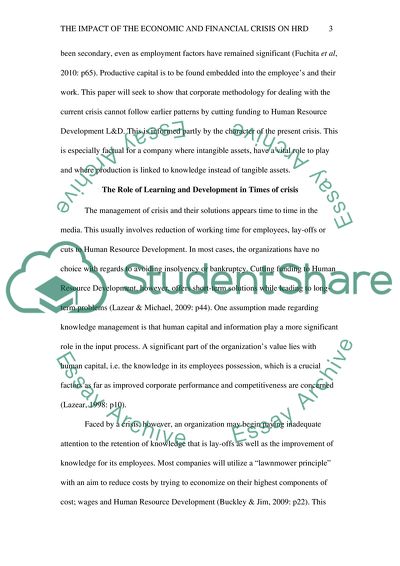Cite this document
(The Impact of the Economic and Financial Crisis on HRD Coursework Example | Topics and Well Written Essays - 2250 words, n.d.)
The Impact of the Economic and Financial Crisis on HRD Coursework Example | Topics and Well Written Essays - 2250 words. https://studentshare.org/human-resources/1785224-human-resource-development
The Impact of the Economic and Financial Crisis on HRD Coursework Example | Topics and Well Written Essays - 2250 words. https://studentshare.org/human-resources/1785224-human-resource-development
(The Impact of the Economic and Financial Crisis on HRD Coursework Example | Topics and Well Written Essays - 2250 Words)
The Impact of the Economic and Financial Crisis on HRD Coursework Example | Topics and Well Written Essays - 2250 Words. https://studentshare.org/human-resources/1785224-human-resource-development.
The Impact of the Economic and Financial Crisis on HRD Coursework Example | Topics and Well Written Essays - 2250 Words. https://studentshare.org/human-resources/1785224-human-resource-development.
“The Impact of the Economic and Financial Crisis on HRD Coursework Example | Topics and Well Written Essays - 2250 Words”. https://studentshare.org/human-resources/1785224-human-resource-development.


